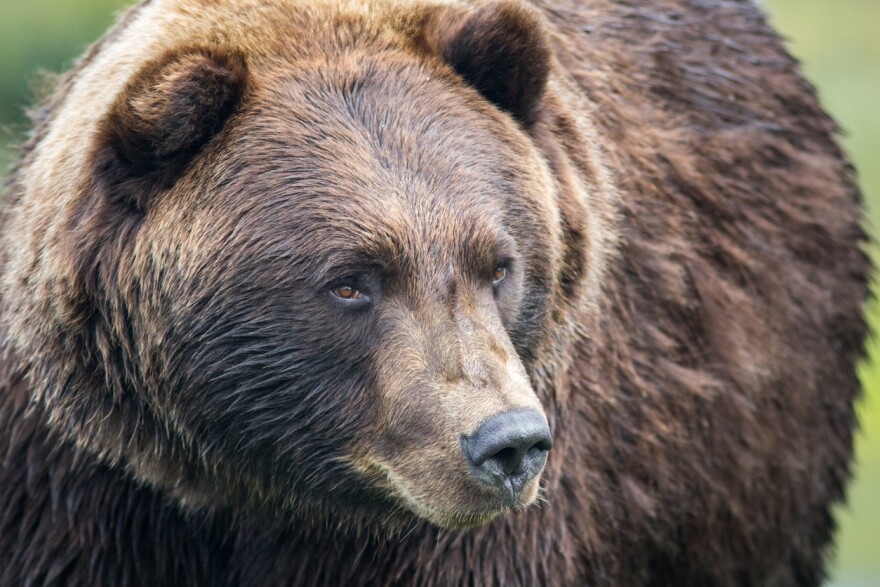BILLINGS, Mont. (AP) — Wildlife officials in central Montana have killed the first confirmed grizzly bear in modern times in the Big Snowy Mountains south of Lewistown, state wildlife officials said Friday.
The 447-pound (203-kilogram) male bear had been photographed eating a dead cow in late April by a remote camera set up by a landowner. Traps for the grizzly were set over the weekend after a second cow carcass was discovered and wildlife workers found evidence the bear had killed both cows, Montana Fish Wildlife and Parks spokesman Greg Lemon said.
The grizzly, believed to be between 4 and 6 years old, was euthanized Wednesday by employees of the U.S. Department of Agriculture's Wildlife Services.
Tens of thousands of grizzly bears once inhabited North America but most were wiped out early last century by hunting and trapping, including in central Montana. They have been protected in the U.S. outside Alaska as a species in threat of extinction since 1975.
The bear in the Big Snowy range was one of the farthest documented outside the two remaining large grizzly populations — along the Rocky Mountain Front and Glacier National Park in northwest Montana, and in the Yellowstone region along the borders of Wyoming and Idaho.
Wildlife officials took DNA from the bear to try to determine his origins.
West of Helena, a 429-pound (195-kilogram) male bear was captured near the small town of Avon last week after a cow was killed in the same area last month. The bear was relocated to a remote area of the Blackfoot Valley, officials said.
As more grizzlies expand into parts of their historical territory, they have encountered a landscape altered by development and increasingly come into conflict with humans who haven't seen bears for generations.
“They find places to live and have food sources — places to hibernate and live the life of a grizzly bear. The problem is it's around communities and agricultural operations and creates a lot of problems,” Lemon said.


